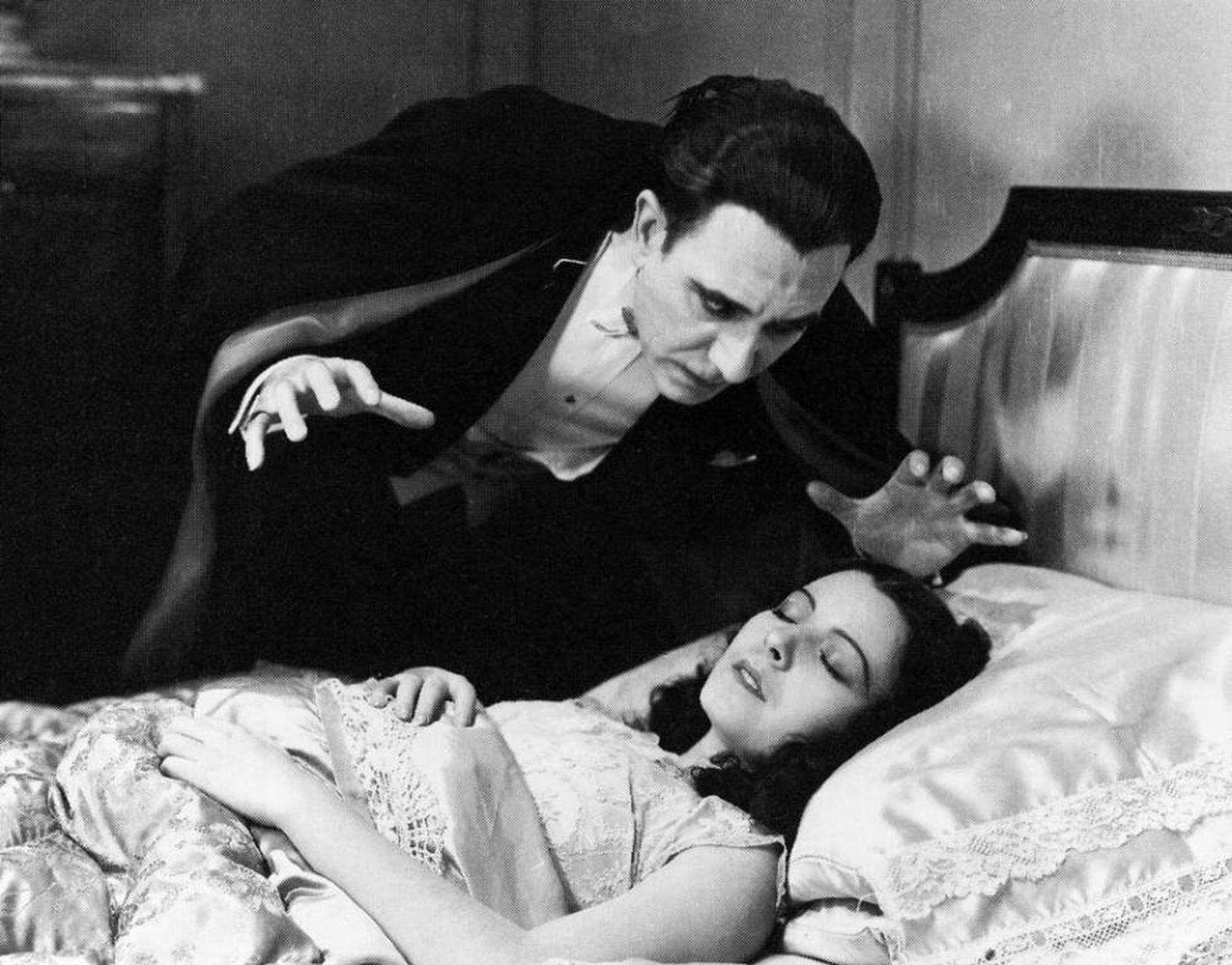Vampire lore goes back centuries, originating in Eastern European societies. By word of mouth, these tales spread across the continent and around the world. As early as the 1720s, accounts of vampires were making headlines. English writers began exploring the topic in the early 1800s, delivering these memorable tales.
| 🧛♂️ Vampire's name | 📚 Book Title(s) | 🧔 Author | 📅 Year published |
|---|---|---|---|
| Geraldine | Christabel | Samuel Taylor Coleridge | 1800 |
| No specific vampire mentioned. | The Giaour | Lord Byron | 1813 |
| Augustus Darvell | Fragment of a Novel | Lord Byron | 1819 |
| Lord Ruthven | The Vampyre | John William Polidori | 1819 |
| Sir Francis Varney | Varney The Vampire | Unknown | 1847 |
| Mircalla | Carmilla | J. S. Le Fanu | 1872 |
| Count Dracula | Dracula | Bram Stoker | 1897 |
| All vampires are nameless. The protagonist is Robert Neville. | I Am Legend | Richard Matheson | 1954 |
| Kurt Barlow | Salem's Lot | Stephen King | 1975 |
| Lestat de Lioncourt | Vampire Chronicles | Anne Rice | 1976 |
| Edward Cullen | Twilight | Stephanie Meyer | 2005 |

Geraldine - (Christabel, 1800)
Before Dracula, there was Geraldine — the mysterious, vampiric figure with supernatural allure who haunts Samuel Taylor Coleridge’s “Christabel.” The poem, written in two parts between 1797 and 1800, remains one of the earliest literary explorations of female vampirism.
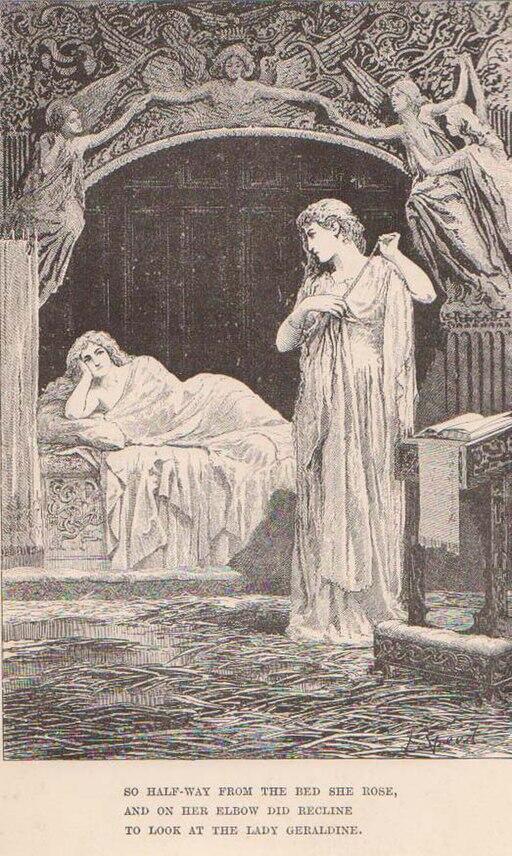
The protagonist, Christabel, sets off into the woods to pray. Just as she was about to start, she heard a rustling in the nearby bush. Investigating the sound reveals Geraldine, who claims she's been abducted. Pious Christabel, glad to exercise her Christian charity, invites Geraldine into her home.
Isn't it amazing that the most famous monster tales give some sort of hint that not all is well with that character? Geraldine is unable to cross the iron gate and resents any hint of religion; dogs moan and whimper when she's nearby, even if they're asleep. Even Christabel soon realises that Geraldine is far more than a kidnap victim.
Samuel Coleridge meant for his narrative ballad to be much longer. Unfortunately, he could see no way to end his tale. That, and bad advice from William Wordsworth, caused him to doubt his own writing skills.
Author Coleridge did his best to keep with vampire literature symbolism. One key factor was inviting Geraldine into her home, an aspect older vampire tales insist on.
The Giaour, 1813
As vampires in literature go, it seems Lord Byron owned the trademark - at least, in his day. His epic poem touches on all the standard vampire lore, but doesn't mention a specific vampire's name, nor how to defeat these creatures.
But first, on earth as vampire sent,
Thy corpse shall from its tomb be rent:
Then ghostly haunt thy native place,
And suck the blood of all thy race;
The Turkish word it comes from, Gâvur, is a derogatory term that means 'infidel' or 'non-believer'.
Honourable Mention: Augustus Darvell - (Fragment of a Novel, 1819)
Lord Byron wrote A Fragment in 1816, his contribution to the writing competition that produced Mary Shelley's Frankenstein. He intended for the elderly Mr Darvell to come back as a vampire but did not finish the story.
Also from that event, his doctor, John William Polidori, modelled his vampire on Lord Byron (see Lord Ruthven, below). Willingly or not, Lord Byron had a profound association with vampire literature.
Lord Ruthven - (The Vampyre, 1819)
Aubrey and Lord Ruthven meet at a London social event. The pair hit it off, so Aubrey takes his new friend up on his suggestion to travel together. The bloom is off the rose fairly quickly, as the Lord seems to delight in degrading others and bringing them to ruin. They part company.
Now travelling on his own, Aubrey meets and falls in love with Ianthe. One evening, she tells him about vampire legends, which are very popular in her area. Suddenly, Aubrey realises his former companion's true nature, but he's helpless to protect anyone from Lord Ruthven.
1. Like A Fragment (above), this story sprang from that fruitful ghost story competition.
2. Lord Byron, with all his excesses, was Polidori's model of vampire amorality.
Sir Francis Varney - (Varney the Vampire,1847)
Long before vampires sparkled or brooded, there was Sir Francis Varney — the cunning, tormented antihero of "Varney the Vampire" (1847). Unlike the elegant aristocrats of later Gothic fiction, Varney takes pleasure in tormenting the once-prosperous Bannerworth family, feeding as much on their despair as on their blood.
As this long saga goes on, we learn that His motivations aren’t purely supernatural either — Varney has a taste for wealth and manipulation, making him as greedy as he is ghoulish.
Varney the Vampire was first published in instalments as a ‘penny dreadful’, a form of cheap popular fiction sold weekly to eager readers. Over its lengthy run, the story became increasingly inconsistent - characters, settings, motivations and even actions changed.
When finally published with other classic vampire novels, it lacked the smooth narration of medieval monster sagas like Beowulf.
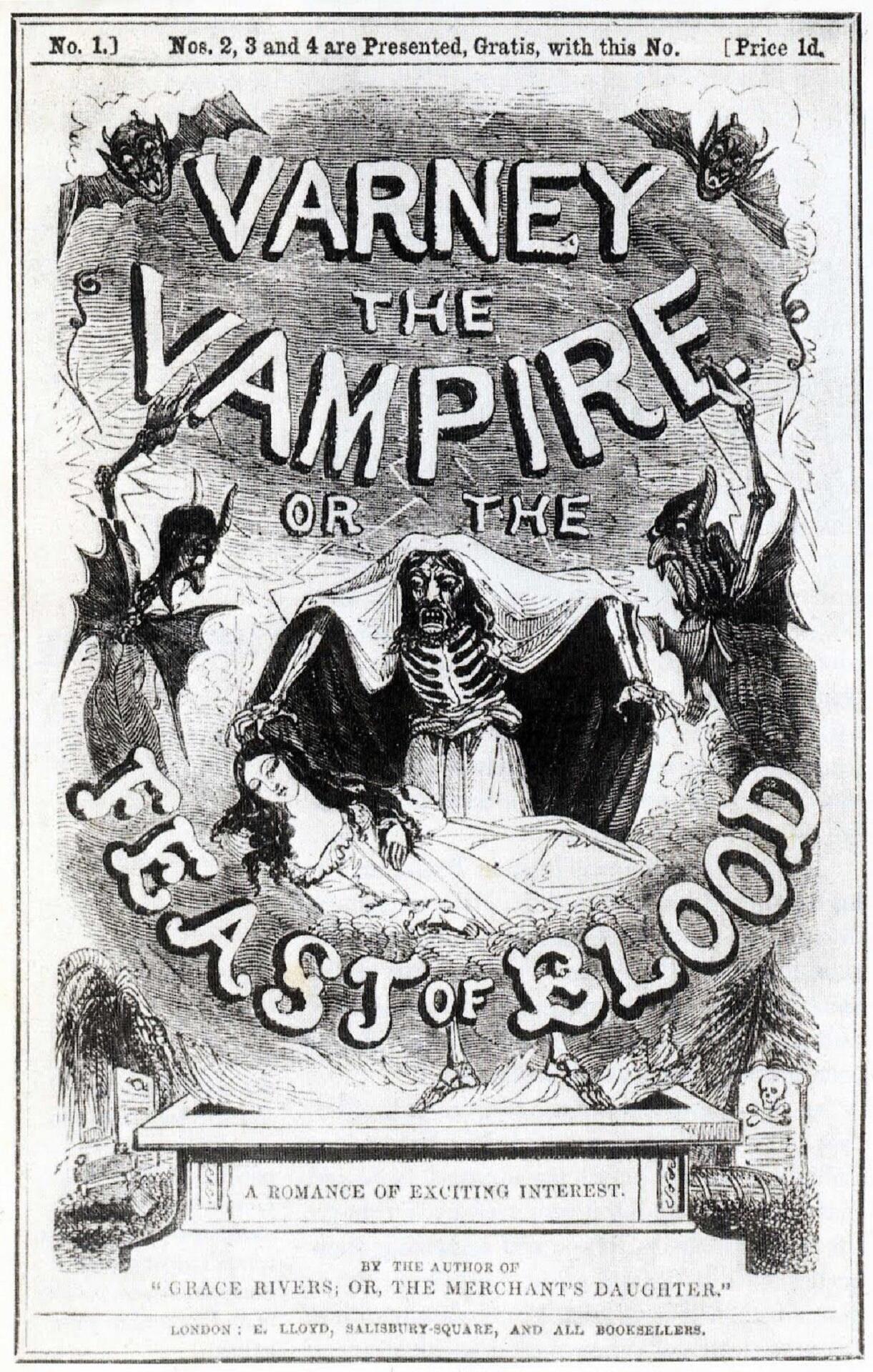
To add to the confusion, the publisher Edward Lloyd had a long-standing policy of leaving authors’ names off his publications. Most literary historians credit James Malcolm Rymer and Thomas Peckett Prest with writing Varney the Vampire, though some insist that Rymer alone was responsible for this massive and eccentric work.
That same year, Emily Brontë published Wuthering Heights. At one point in the story, the housekeeper suspects Heathcliff of being a vampire. He laughs the accusation off.

Carmilla - (Carmilla, 1872)
Written by Irish author J. Sheridan Le Fanu, Carmilla (1872) predates Dracula by more than twenty years and remains one of the earliest and most influential vampire stories in English literature.
The tale follows Laura and her father, a wealthy Englishman, who live quietly in a picturesque Austrian town. Their tranquil life is disrupted when a carriage accident outside their castle introduces them to a mysterious young woman named Carmilla and her mother.
The mother, forced to leave on urgent business, asks Laura’s father to care for her daughter for three months. He agrees, and the two young women quickly grow close.
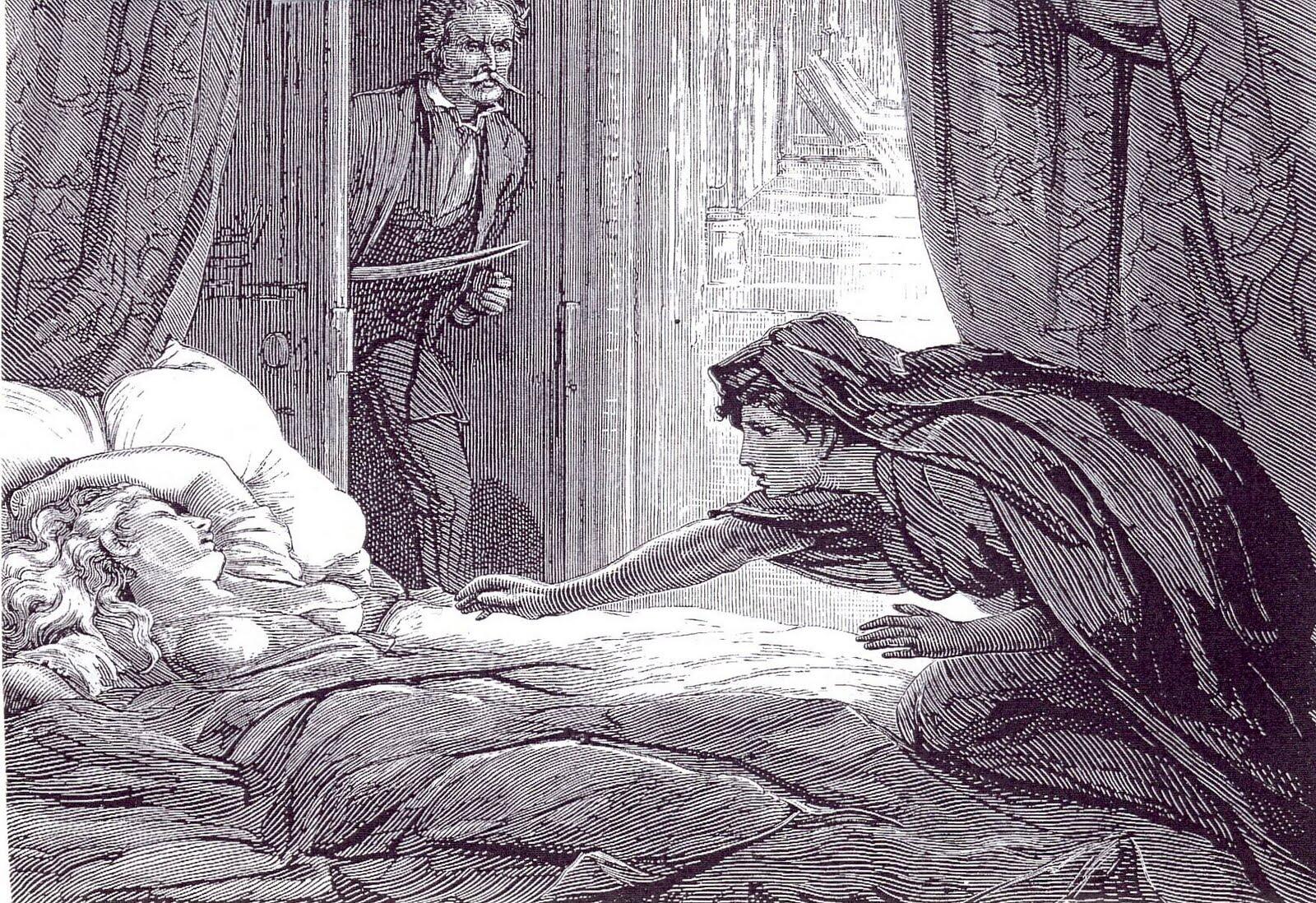
However, an unsettling atmosphere soon settles over the household. Laura starts having strange dreams, while young women in the surrounding area fall ill and die without explanation. Meanwhile, Carmilla doesn't want to go to church with the family, and dislikes hearing hymns.
Vampire lore has always had an erotic side to it. But Carmilla is among the first works to explore openly homoerotic themes. While most vampires feed without concern for gender, Carmilla’s victims are exclusively female, marking her as one of literature’s earliest and most striking portrayals of a lesbian vampire — a figure both alluring and terrifying.
Count Dracula - (Dracula, 1897)
Written by another Irish author, Bram Stoker and published in 1897, Dracula is the defining work of Gothic horror and the cornerstone of modern vampire fiction. The story begins with a newly qualified solicitor who travels to a remote corner of Transylvania to assist a wealthy nobleman in purchasing several properties in London
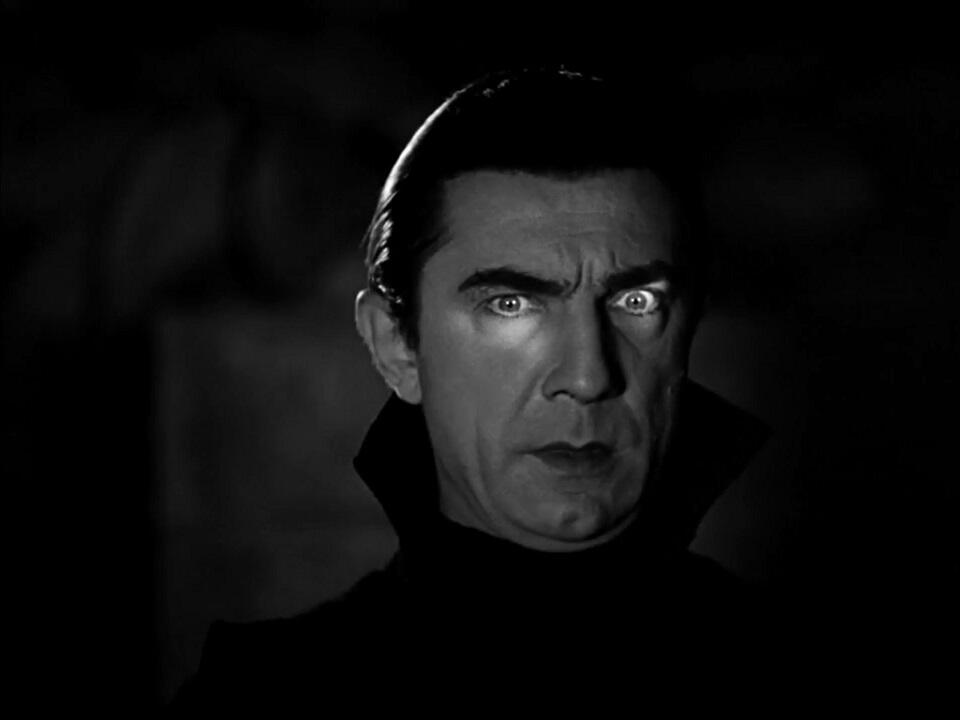
Yet this client, Count Dracula, isn't your typical aristocrat; he's vile and amoral, ready to unleash his powers on the unsuspecting English. What starts as a routine business visit soon spirals into a chilling battle between light and darkness, as a knowledgeable professor leads a band of vampire hunters to chase him out of the country and into his grave.
With Dracula, Bram Stoker established the popular vampire fiction genre. His work included all the elements important to Victorian England: fear of disease and fear of unknown 'others', among them. It also emphasised the power of religion, and the eternal triumph of good over evil. Remarkably for its time, author Stoker portrays women not as passive victims, but puts women in a favourable light, both for their sexuality and their mental capacities.
We have to appreciate how the author paid tribute to all the famous vampires of centuries past. It was no accident that Count Dracula hailed from Transylvania, or that the traditional defense - garlic - is what ultimately brought him down.
I Am Legend, 1954
Published in 1954, Richard Matheson’s I Am Legend imagined a world undone by a deadly plague, the book redefined vampire mythology and inspired countless tales of disease-born apocalypse.
In the story, a mysterious plague turns humans into lustful, hungry, violent 'vampires'. The entire civilisation falls victim save for one man, who struggles to find a cure. He battles loneliness, depression, and alcoholism as he makes his way across the post-apocalyptic cityscape, staking any comatose vampire he finds.
Though not a vampire tale in the truest sense, this work inspired several films and books. Those titles include: The Last Man on Earth (1964), Night of the Living Dead (1968), The Omega Man (1971), and I Am Legend (2007).
One might argue that these are 'clinical' vampires, having been made so through illness. Still, Robert relies on traditional vampire repellents: crucifixes, garlic, and mirrors. As the vampires are comatose in daylight, he's free to go about the city to scavenge for supplies. Along the way, he resorts to the traditional vampire-killing method of running a stake through their hearts.
Kurt Barlow - ('Salem's Lot, 1975)
Stephen King's 1975 horror novel 'Salem's Lot follows a writer who returns to his hometown after 25 years away. He falls right into society, befriending a high school teacher and dating a university graduate student. None of that distracts him from his original reason for moving home.
He wants to write a book about a creepy, old, abandoned house where he suffered a traumatic experience as a child. However, the house is no longer abandoned. An Austrian immigrant named Kurt Barlow has bought it.
Salem's Lot weaves traditional vampire elements into a modern-day setting. Religious icons hold vampires at bay, and both sides use modern technologies to score small goals against their adversary. However, instead of garlic, fire is used to banish the vampires.
Lestat de Lioncourt - (Interview with the Vampire, 1976)
Famously portrayed by Tom Cruise on the silver screen, Lestat de Lioncourt, a vampire of ageless appearance, turns a New Orleans resident, Louis, into a vampire.
He then entices Louis to turn a child, which sets off a chain reaction that reaches far back into history.
These events reveal how weary Lestat is of eternal life, and how confused he is over concepts like god and the devil.
Across this series of 13 books, Anne Rice creates a vampire mythology that begins in Ancient Egypt and stretches into the present day. She saw the characters she created as lost souls or, more specifically, a metaphor for lost souls.
This admission hints at her grief at losing faith in religion. By her own admission, writing this series prompted her return to Catholicism.
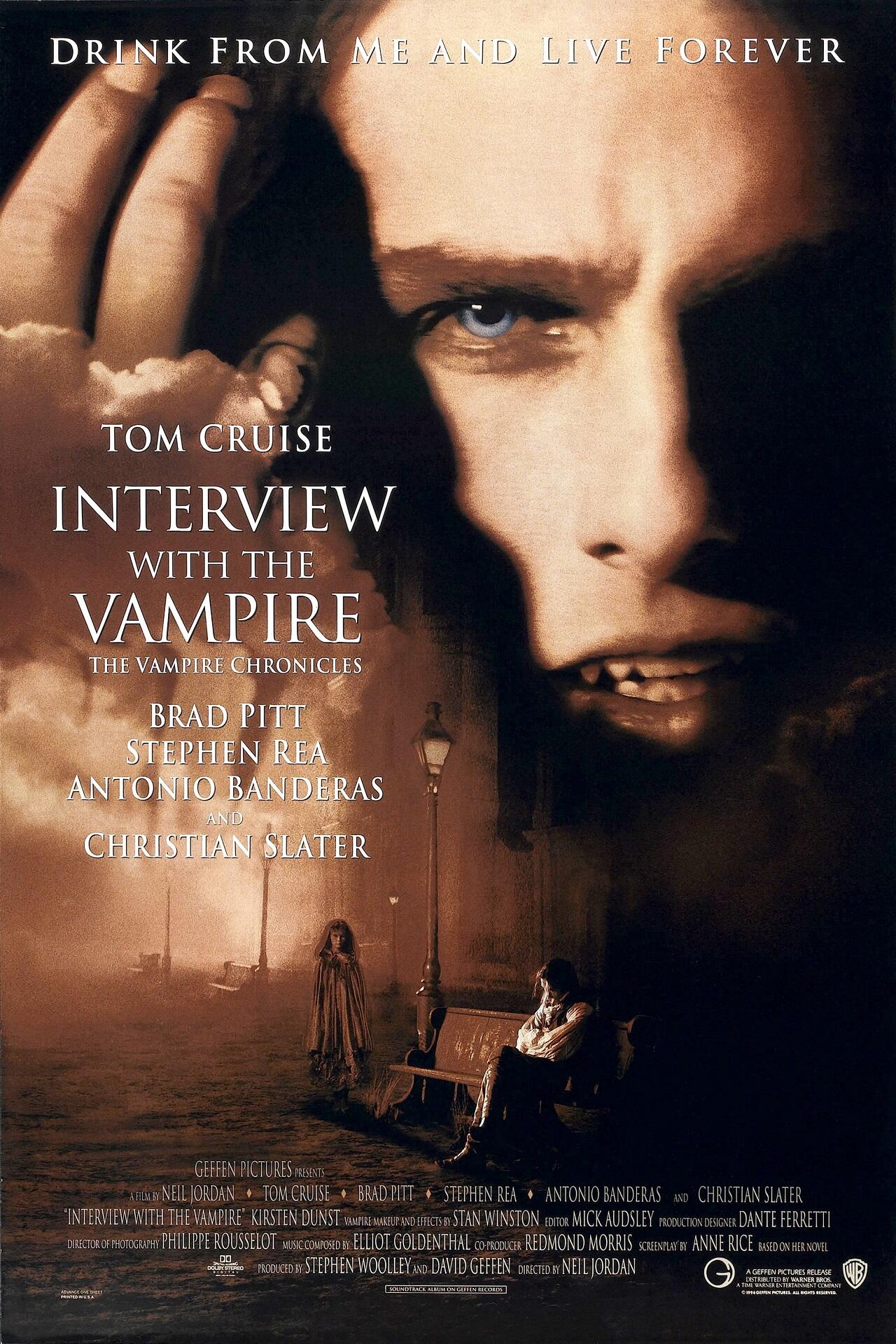
This series' first instalment, Interview With the Vampire, was made into a hugely successful film in 1994. The story breaks from standard vampire lore, and it doesn't rehash typical themes. Instead, it tells the tale from the vampire's perspective. How refreshing!
Edward Cullen - (Twilight, 2005)
Stephenie Meyer’s global phenomenon Twilight (2005) hardly needs an introduction. The novel follows the story of Bella Swan, a shy teenager who moves to the small, rain-soaked town of Forks, Washington. Feeling awkward and out of place, she's thrilled to discover Edward Cullen, a charming and enigmatic classmate, takes a keen interest in her. He's a suave, handsome student, unusually courtly and polite, and highly concerned for Bella's safety.
Much like the Victorian monster, Mr Hyde, Edward has a public persona to mask his less savoury vampire deeds. And, like the classic Dr Jekyll, Edward eventually reveals himself - but only to Bella. For her, the romance outweighs the horror, Edward’s restraint and devotion turn the traditional vampire narrative on its head, transforming horror into a story of desire, morality, and self-control.
No list of classic vampire novels would be complete without Twilight. This series reignited the public's passion for vampire lore. And, as a bonus, it positioned vampires as moral creatures, not the loathsome things of vampires past.

